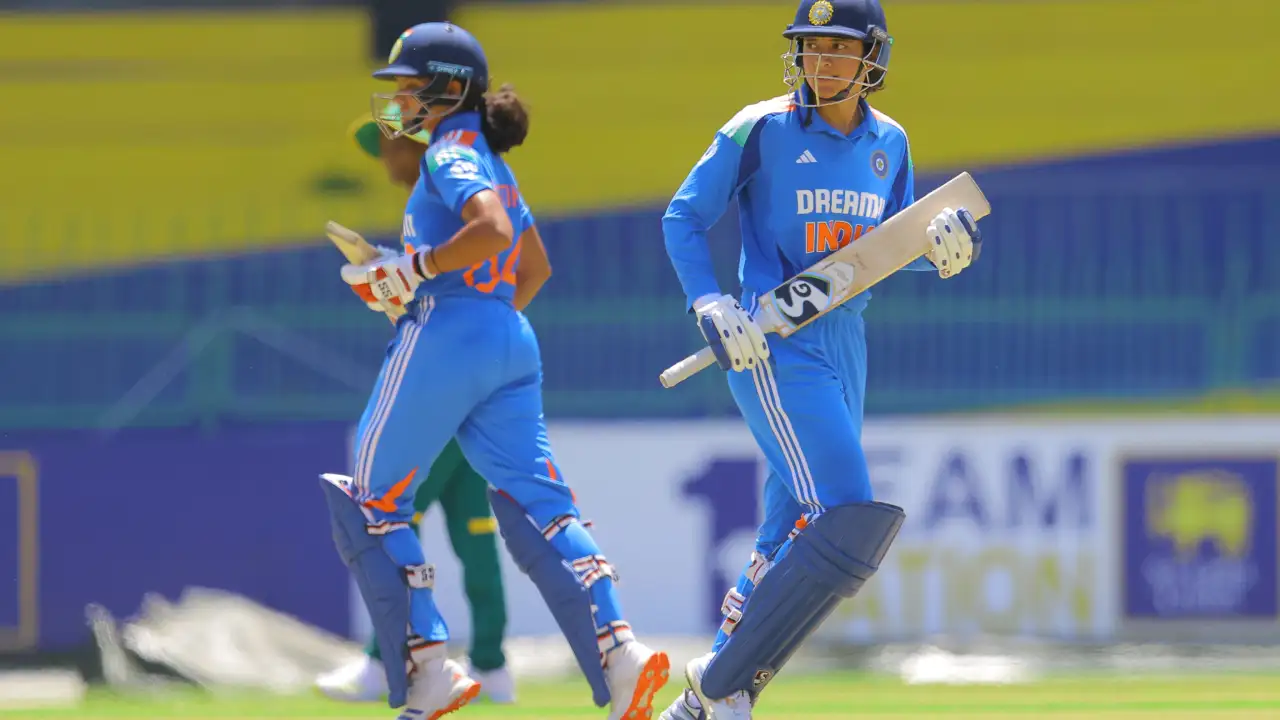
Smrit Mandhana and Pratika Rawal set a huge world record |courtesy - BCCI
KEY HIGHLIGHTS
- Smrti Mandhana and Pratika Rawal have set a huge world record
- Mandhana and Rawal have batted 12 times together
- Mandana and Rawal have made more than 1000 runs batting together
Smriti Mandhana and Pratika registered a massive world record as they gave India yet another brilliant start with a 48-run partnership during the first women's ODI against England on Wednesday (July 16) at the Rose Bowl Stadium in Southampton.
Mandhana and Rawat completed 1000 partnership runs in just their 12th outing together. Quite incredibly, they missed the chance to get a 10th 50+ partnership together by just two runs, only the third instance of them not reaching the milestone in their journey as an opening pair together.
Overall, Mandhana and Rawat have four-century partnerships to their names with a highest of 233 alongside five half-century stands.
Smriti Mandhana, Pratika Rawat Create History
Less than a year after they stepped out to bat together for the first time, the duo reached the 1000-run mark together. They are the 13th opening pair to achieve the feat and the first to do so with an average of above 80. The second-best on the list is currently are at 68.83.
Best Average Opening Partnerships Women's ODI (minimum 1000 runs)
| Player |
Runs |
Average |
| Smriti Mandhana, Pratika Rawat |
1016 |
84.66 |
| Caroline Atkins, Sarah Taylor |
1239 |
68.83 |
| Rachel Haynes, Alyssa Healy |
1839 |
63.41 |
Infact, Mandhana and Rawat's batting average is the second-best for any wicket in women's ODI with only Australian cricket legend Meg Lanning and Elysse Perry higher. Perry and Lanning have put together 2025 runs batting together in 27 innings with an average of 96.42, which includes nine century stands and a further seven 50+ partnerships.
Rawat made her debut against the West Indies in December last year at Rajkot and has a nearless flawless record so far with 674 runs in 12 matches at an average of 61.27. She has made one century and also has five half-centuries.
